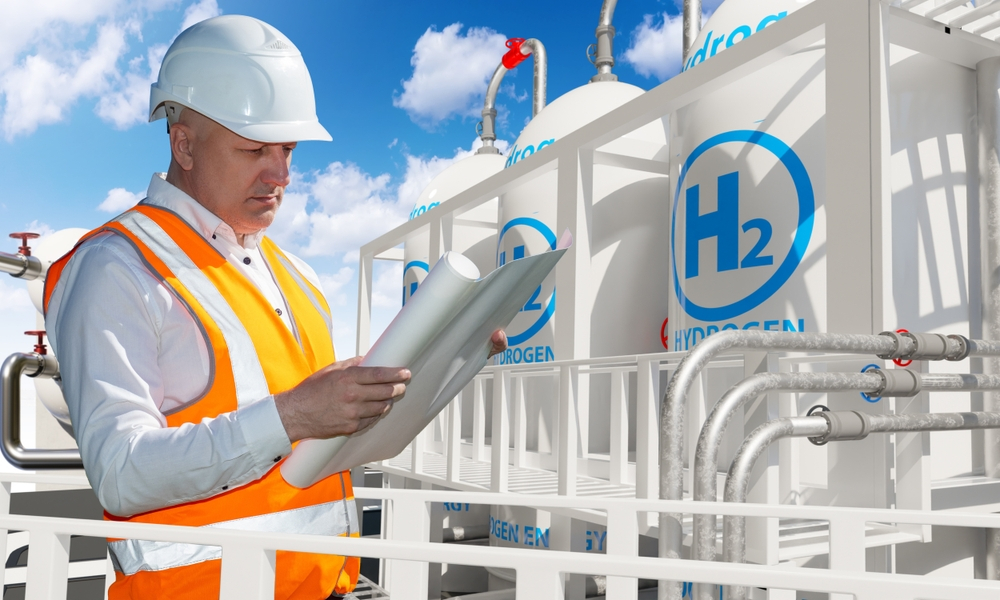An Unbiased View of Roar Solutions
Wiki Article
The 5-Minute Rule for Roar Solutions
Table of ContentsAll about Roar SolutionsA Biased View of Roar SolutionsRoar Solutions Fundamentals Explained
In order to protect setups from a possible explosion a method of evaluating and identifying a potentially harmful area is needed. The objective of this is to ensure the appropriate choice and installation of equipment to inevitably protect against an explosion and to guarantee security of life.
(https://pinshape.com/users/7197164-roarsolutions#prints-tab-open)
No devices needs to be set up where the surface temperature level of the tools is above the ignition temperature level of the provided danger. Below are some typical dirt harmful and their minimum ignition temperature. Coal Dirt 380C 225C Polythene 420C (thaws) Methyl Cellulose 420C 320C Starch 460C 435C Flour 490C 340C Sugar 490C 460C Grain Dust 510C 300C Phenolic Resin 530C > 450C Aluminium 590C > 450C PVC 700C > 450C Soot 810C 570C The possibility of the threat being present in a focus high adequate to cause an ignition will certainly vary from place to area.
In order to identify this risk an installation is separated into locations of risk depending upon the quantity of time the unsafe exists. These areas are referred to as Zones. For gases and vapours and dirts and fibers there are three areas. Zone 0 Zone 20 A hazardous environment is highly likely to be existing and may exist for extended periods of time (> 1000 hours each year) and even continually Zone 1 Zone 21 A hazardous ambience is feasible however unlikely to be existing for extended periods of time (> 10 450 C [842 F] A category of T6 implies the minimum ignition temperature level is > 85 C [185 F] Harmful area electric equipment maybe made for use in higher ambient temperatures. This would certainly showed on the ranking plate e.g. EExe II C T3 Ta + 60C( This indicates at 60C ambient T3 will not be gone beyond) T1 T1, T2, T3, T4, T5, T6 T2 T2, T3, T4, T5, T6 T3 T3, T4, T5, T6 T4 T4, T5, T6 T5 T5, T6 T6 T6 A T Course rating of T1 suggests the optimum surface temperature level generated by the instrument at 40 C is 450 C. Assuming the linked T Class and Temperature ranking for the devices are suitable for the location, you can constantly use an instrument with a more rigid Division ranking than required for the location. There isn't a clear response to this inquiry. It truly does depend upon the sort of devices and what repairs require to be performed. Devices with specific test treatments that can't be done in the area in order to achieve/maintain 3rd party rating. Need to come back to the factory if it is before the tools's solution. Field Fixing By Authorised Worker: Difficult testing might not be required nevertheless certain treatments may need to be complied with in order for the devices to preserve its 3rd party score. Authorised workers should be utilized to perform the work properly Repair service have to be a like for like replacement. New component need to be considered as a straight substitute requiring no unique screening of the tools after the repair is complete. Each tool with a harmful score should be evaluated separately. These are described at a high degree listed below, but also for more comprehensive info, please refer straight to the standards.
5 Simple Techniques For Roar Solutions
The devices register is a detailed database of devices records that consists of a minimum set of fields to identify each thing's area, technological specifications, Ex classification, age, and environmental information. The proportion of In-depth to Close inspections will certainly be figured out by the Equipment Danger, which is analyzed based on ignition risk (the probability of a resource of ignition versus the probability of a combustible ambience )and the harmful area category( Zone 0Area 1, or 2). Carrying out a robust Risk-Based Examination( RBI )method is critical for making sure compliance and safety and security in handling Electrical Devices in Hazardous Locations( EEHA).
The Greatest Guide To Roar Solutions

In regards to explosive risk, a dangerous area is an environment in which an eruptive atmosphere is present (or may be anticipated to be present) in amounts that require unique safety measures for the building and construction, installment and usage of equipment. Roar Training Solutions. In this article we check out the challenges dealt with in the workplace, the threat control steps, and the needed competencies to function safely
It issues of modern life that we produce, save or deal with a variety of gases or liquids that are considered combustible, and a variety of dusts that are considered flammable. These materials can, in specific conditions, create explosive environments and linked here these can have major and terrible repercussions. Many of us are familiar with the fire triangular remove any type of one of the three aspects and the fire can not take place, however what does this mean in the context of hazardous locations? When damaging this down right into its simplest terms it is basically: a mix of a particular quantity of launch or leakage of a specific material or product, mixing with ambient oxygen, and the presence of a source of ignition.
In most instances, we can do little about the levels of oxygen in the air, however we can have considerable impact on sources of ignition, as an example electrical tools. Dangerous locations are documented on the harmful area category illustration and are determined on-site by the triangular "EX" indication. Right here, among various other essential details, zones are split into 3 kinds relying on the danger, the possibility and duration that an explosive atmosphere will exist; Zone 0 or 20 is deemed the most dangerous and Zone 2 or 22 is considered the least.
Report this wiki page